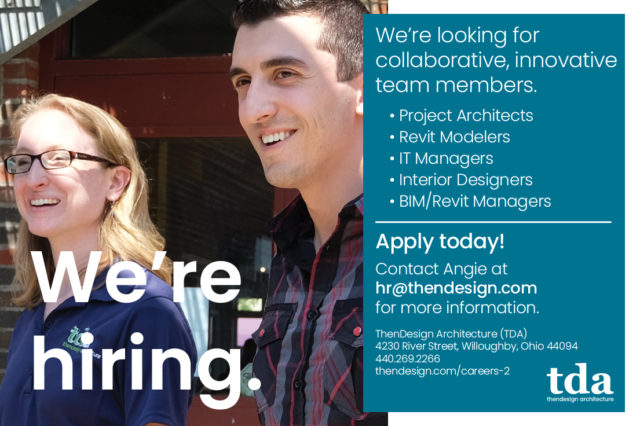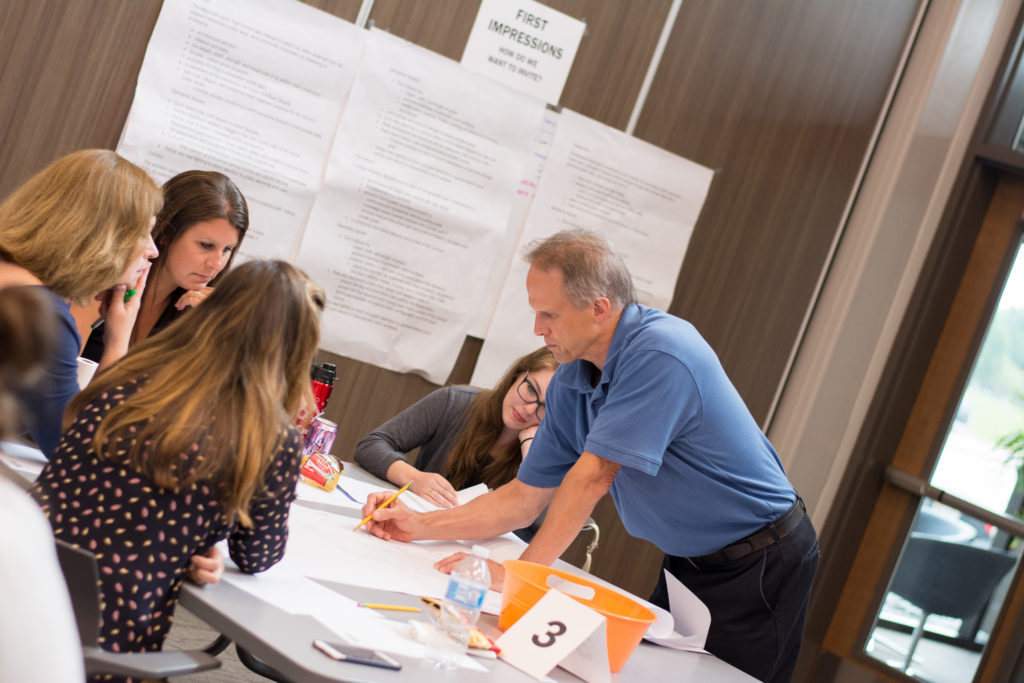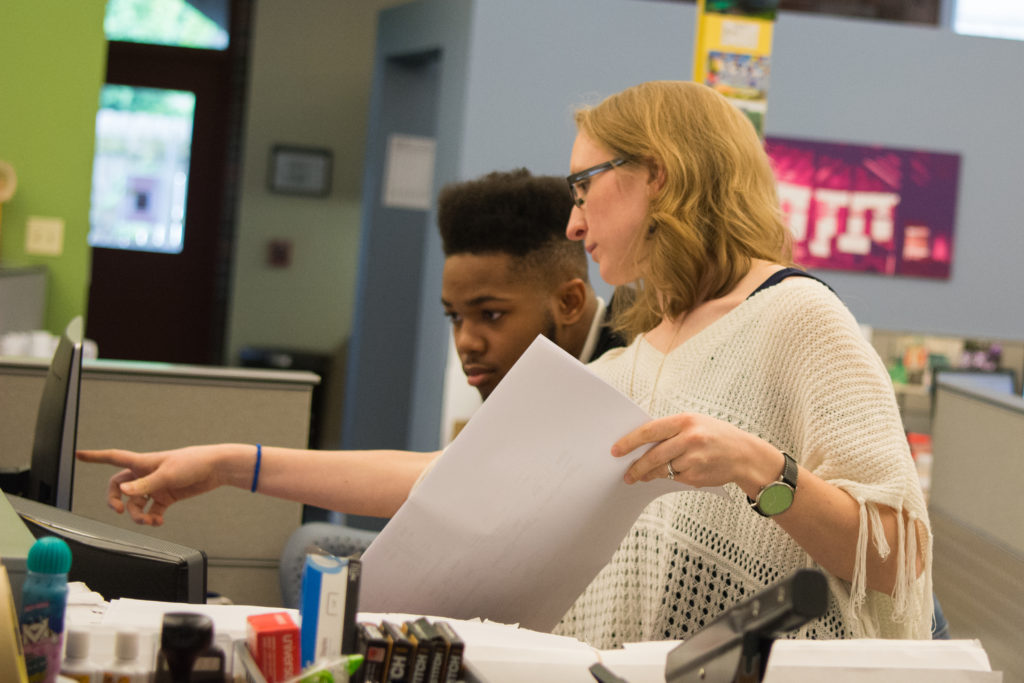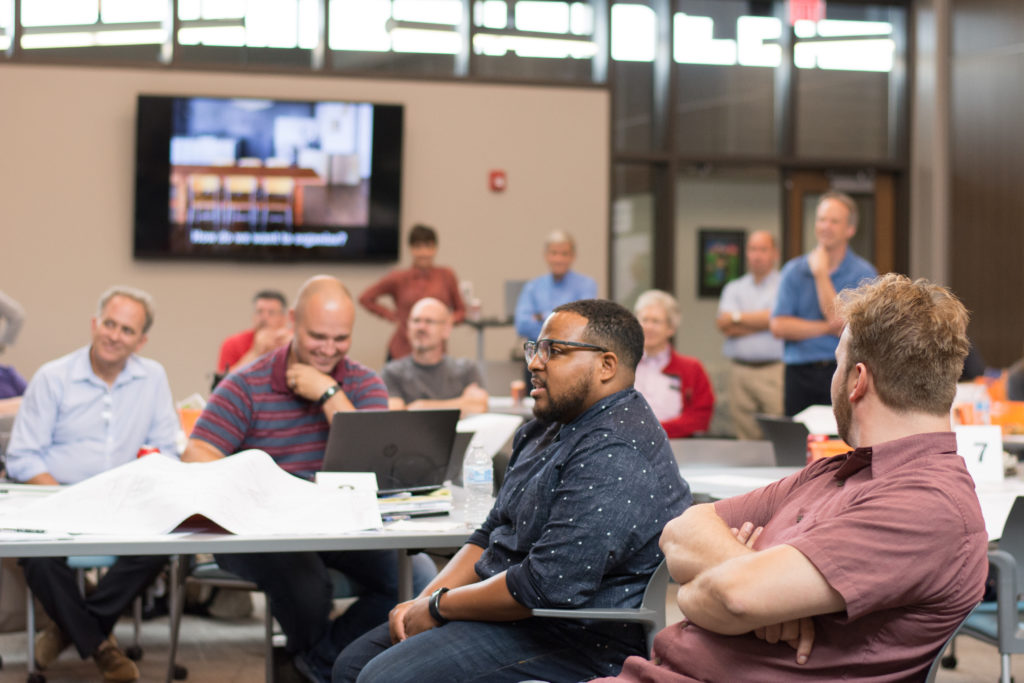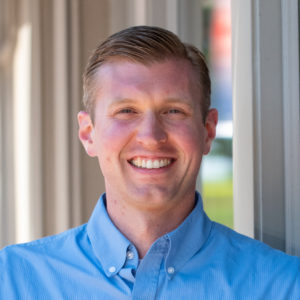3D Printing in Architecture
“Some architectural drawings can be difficult to read and understand,” commented Archie Liptow, an emerging professional at TDA, “3D printing takes architectural visualization one step further, bridging the gap between designers and clients.”
Embracing the use of flourishing technologies in the design process, TDA explores ways that new tools can be used alongside traditional sketching methods and computer-aided design (CAD) in architecture. One newer tool, 3D printing, has become an essential asset for many challenging visualization problems.
Archie has been experimenting with large and small-scale models. “This opens the door to a higher level of design experimentation. With this new tool, designers can quickly visualize their ideas and iterations before finalizing the design. 3D printing is also a powerful part of the communication process.”
Knowing how important communication is throughout the design phase, this is one more way that concepts can be explored and quickly adjusted based on tactile, real-world feedback.
Archie continued, “Scale models of furniture and building segments are being used with our clients to tie them into the design process by determining their needs early on. When a design is in progress, physical models are the most effective way to visualize and understand a building before construction.”
While not everyone can understand architectural drawings, models are permanent objects that can be easily understood, arranged, and displayed. It is one way our design teams find new solutions to spatial challenges.
3D Printing in Architecture
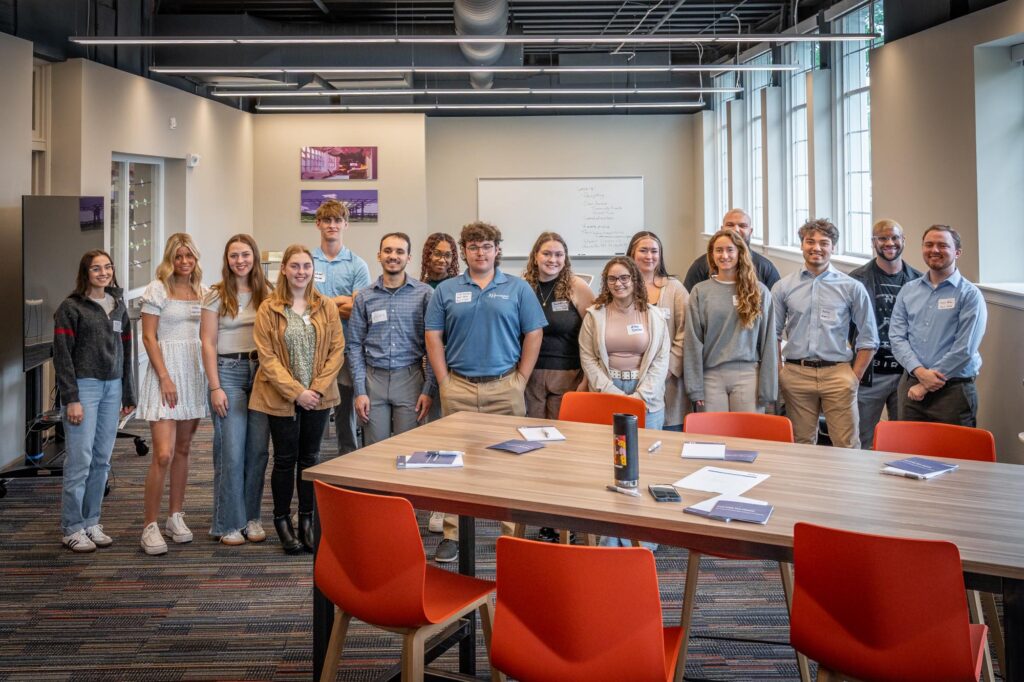
You can find out what our interns say about us here.
Let’s work together to make education better. If you would like more information on our open positions or internship programs, please visit our Careers page.
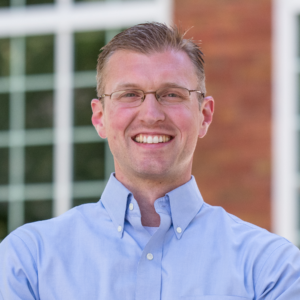
Ryan Caswell
Communications
Get our newsletter with insights, events and tips.
Recent Posts:
Mentor’s CARES House: Autistic Education Comes Home
Perry High School Unveils a State-of-the-Art Welding Lab

